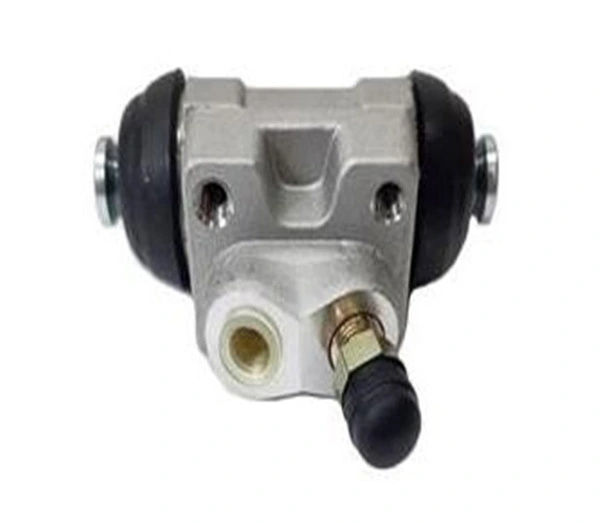Wheel Brake Cylinder
(2024年02月28日)https://www.qllinoauto.com/products/wheel-brake-cylinder/
The wheel master cylinder is a component in drum brake systems that converts hydraulic pressure into mechanical force to engage the brake shoes against the brake drum. It plays a vital role in slowing down or stopping the vehicle by creating friction between the brake shoes and the drum, resulting in effective braking performance.
Components of a Wheel Brake Cylinder
Cylinder Body:
The cylinder body is the main housing of the cylinder wheel brake. It is typically made of cast iron or aluminum and contains the other components. The hydraulic fluid enters the cylinder body through the inlet port and exerts pressure on the piston.
Piston:
The piston is a movable component inside the cylinder body. When hydraulic pressure is applied, the piston is forced outward, pushing the brake shoes against the drum. The piston is usually fitted with seals to prevent hydraulic fluid leaks and ensure effective pressure buildup.
Seals and Boots:
Seals and boots play a critical role in maintaining the integrity of the hydraulic system. They prevent hydraulic fluid leaks and contaminants from entering the cylinder. The primary seal is located around the piston and helps maintain pressure. The boots, also known as dust boots, protect the seals and piston from debris and moisture.
Return Spring:
The return spring is connected to the piston and assists in retracting the piston when hydraulic pressure is released. After the brakes are applied and pressure is released, the return spring pulls the piston back into its initial position, allowing the brake shoes to release from the drum. This action prevents unnecessary friction and wear.
hese components work together to ensure that the wheel brake cylinder functions properly, allowing for efficient braking and reliable operation of the drum brake system. Proper maintenance and periodic inspection of these components are essential for safe braking performance.
Signs for Replacing New Wheel Brake Cylinders
Recognizing when to replace wheel brake cylinders is crucial for maintaining a vehicle's braking system. Here are four signs that indicate it's time to replace your wheel brake cylinders:
Spongy Brake Pedal:
If you notice a spongy or soft feeling when pressing the brake pedal, it could indicate a brake fluid leak from a failing wheel brake cylinder. Air may be entering the system due to the leak, causing a decrease in braking effectiveness. A firm and responsive brake pedal is essential for safe braking.
Brake Fluid Leaks:
Visible brake fluid leaks around the wheel brake cylinders are a clear indicator of a problem. Leaking brake fluid can corrode components, lead to a loss of hydraulic pressure, and compromise overall braking performance. Check for wet or oily spots near the brake cylinders and brake shoes.
Uneven Brake Shoe Wear:
Uneven wear on the brake shoes can suggest a malfunctioning wheel brake cylinder. If one wheel brake cylinder is not functioning correctly, it can cause the brake shoe on that side to wear unevenly compared to the other side. Inspect the brake shoes during regular maintenance to identify any discrepancies.
Reduced Braking Performance:
If you notice that your vehicle takes longer to stop or the brakes feel weak, it could be due to failing wheel brake cylinders. Inefficient cylinders can result in inadequate brake shoe contact with the drum, leading to decreased braking power. Reduced braking performance is a serious safety concern that requires immediate attention.
If you experience any of these signs, it's recommended to have your vehicle inspected by a qualified mechanic. Replacing worn or faulty wheel brake cylinders promptly helps ensure your vehicle's braking system operates effectively, promoting safety on the road.
As one of brake wheel cylinder suppliers, we will do our best to meet all the needs of customers.
- «前のできごと |
- 次のできごと»
- このできごとのURL:








コメント